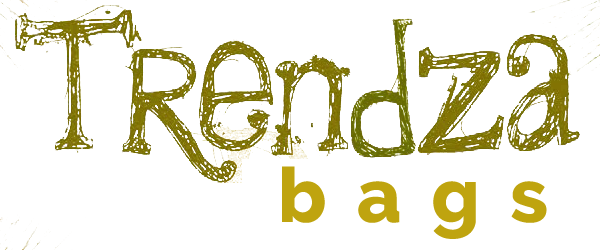The Material
Besides being a useful plant for fighting erosion and desertification esparto is an excellent and inspiring material for braiding all sorts of objects. Esparto fibre is very tough, flexible and water-resistant. As long ago as the 5th century BC Phoenician and Greek merchants already knew how valuable this material was, it was therefore a popular trading material.
The use of plant fibres for plaiting and weaving domestic and agriculture utensils is typical of many self-sustaining, especially agrarian cultures. In my case I can easily climb the hills near my house, pick the grass and return home where I need only a chair, a pair of scissors and my hands to start working. It´s important that you don´t destroy the esparto plant by pulling out its roots. The leaves like a good pruning, so you can harvest from the same plant every twelve to sixteen months. In the right climatic and environmental circumstances plants can live for more than fifty years.
I learnt the technique of picking, drying and braiding esparto from tough old craftsmen and women, just as tough as the grass, in my village in Spain. Once I knew the technique I made lots of different objects, which I called containers because they might serve to store or transport something. Out of these objects I selected some designs and turned them into useful bags. Nowadays I make these bags in small quantities and with different adaptations to personal taste and demands. I plait the dried grass into wide bands and stitch the bands together with a hemp thread, all by hand. Because of the methods of harvesting and production the bags are 100% handmade in Spain from 100% renewable Spanish grass. No chemicals are involved and the material is 100 % biodegradable.

